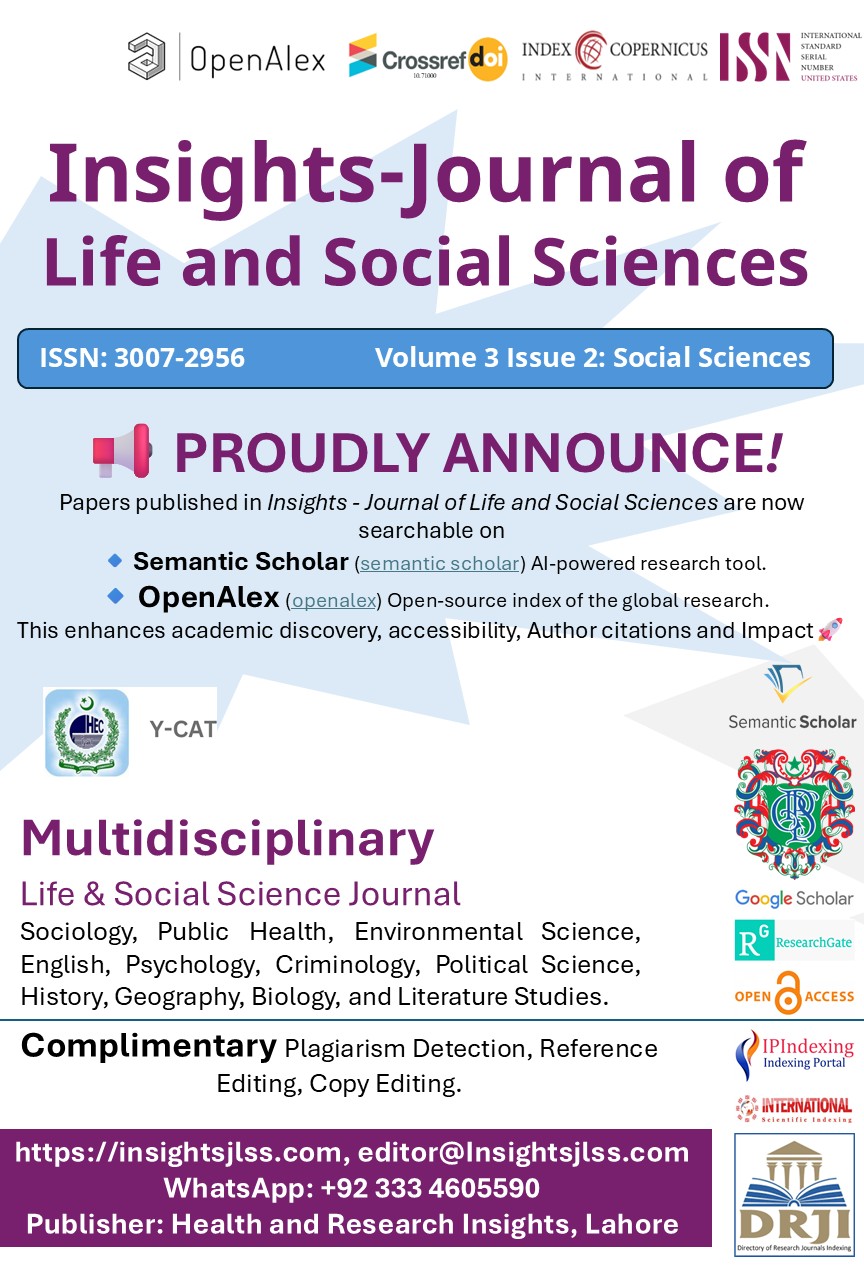PREDICTORS OF POST-SURGICAL PULMONARY COMPLICATIONS AND STRATEGIES FOR RISK REDUCTION
Main Article Content
Abstract
Background: Postoperative pulmonary complications (PPCs) are a major cause of morbidity and extended hospital stays following major surgical procedures. Despite advances in perioperative care, the incidence of PPCs remains high, largely due to multifactorial patient and procedural risks. Although numerous studies have explored individual predictors, a comprehensive synthesis of the most critical preoperative and intraoperative factors is lacking, necessitating a systematic review to inform clinical practice and policy.
Objective: This systematic review aims to identify and synthesize key preoperative and intraoperative predictors of postoperative pulmonary complications and to highlight evidence-based strategies for improving cardiopulmonary recovery after surgery.
Methods: A systematic review was conducted according to PRISMA guidelines. Four databases (PubMed, Scopus, Web of Science, and Cochrane Library) were searched for studies published between January 2018 and March 2024. Inclusion criteria comprised randomized controlled trials and observational studies involving adult surgical patients that reported on preoperative/intraoperative predictors and pulmonary outcomes. Risk of bias was assessed using the Cochrane Risk of Bias Tool and Newcastle-Ottawa Scale. A narrative synthesis was performed due to heterogeneity in study designs and outcome measures.
Results: Eight studies involving over 23,000 patients were included. Advanced age, low preoperative oxygen saturation, COPD, and high ARISCAT scores were consistently identified as significant preoperative risk factors. Intraoperative predictors such as large tidal volumes without PEEP, excessive fluid administration, and incomplete neuromuscular blockade reversal were associated with increased PPC incidence (p < 0.05 across multiple studies). Evidence quality was generally high, although variability in study populations and outcome definitions limited quantitative synthesis.
Conclusion: Preoperative risk assessment and optimization, along with intraoperative strategies such as lung-protective ventilation, fluid management, and neuromuscular monitoring, are critical to reducing PPCs. While current evidence is robust, future research should focus on standardizing outcome measures and evaluating the effectiveness of targeted interventions in high-risk populations.
Article Details

This work is licensed under a Creative Commons Attribution-NonCommercial-NoDerivatives 4.0 International License.
